In an era where travel experiences are increasingly curated for social media appeal, certain places remain refreshingly authentic, untouched by the homogenizing influence of Instagram aesthetics. These destinations offer something increasingly rare: the opportunity to engage with daily life as it actually unfolds rather than as it’s performed for an online audience. Here, the absence of “Instagram spots” and picture-perfect setups allows travelers to discover genuine cultural experiences that exist for their own sake.
Here is a list of 20 destinations where authenticity prevails over photogenic facades. These destinations allow visitors to temporarily step into local rhythms without the constant pressure to document and share.
Guizhou Province, China
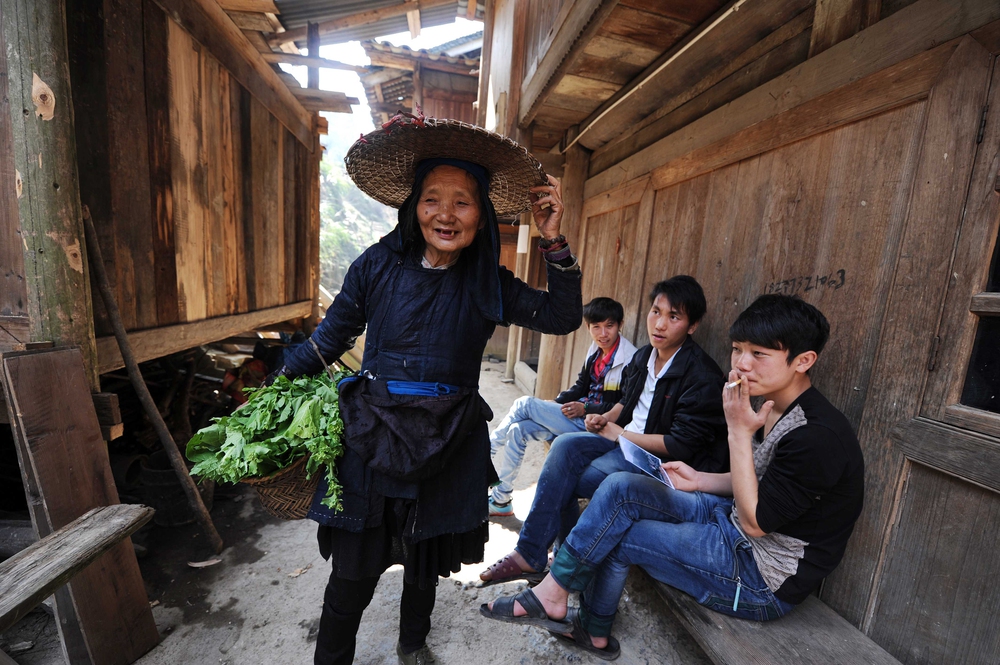
This mountainous region in southwest China remains largely overlooked by both international tourists and domestic social media influencers despite its extraordinary landscapes and diverse ethnic minorities. Rural villages nestled among terraced rice fields welcome visitors into homes built without nails using traditional Dong and Miao construction techniques.
Meals shared with families feature dishes unknown in Chinese restaurants abroad, prepared with ingredients gathered from surrounding forests that morning.
São Tomé and Príncipe
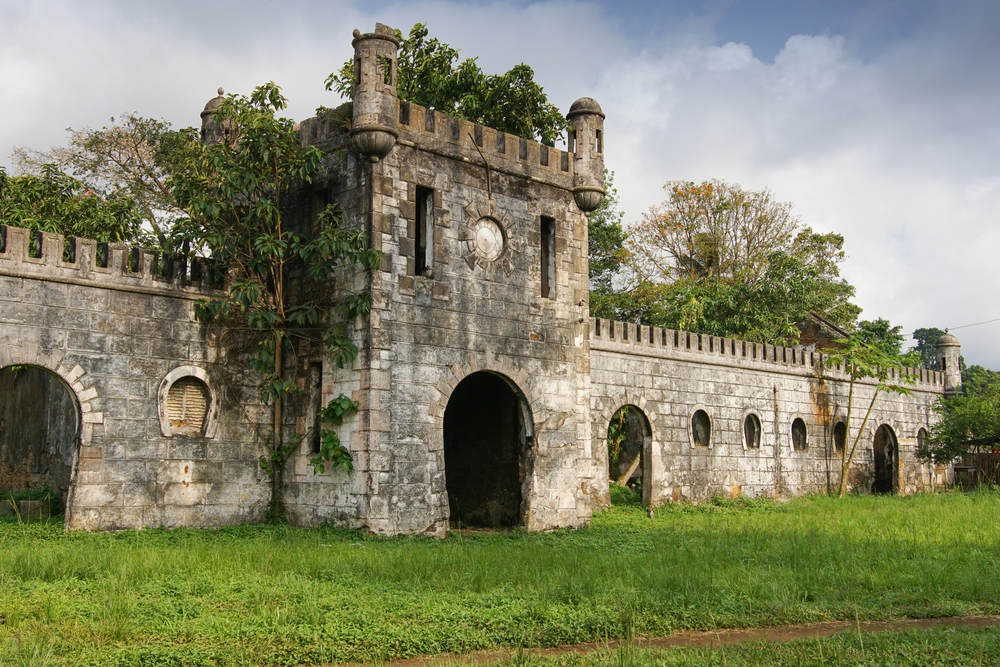
This two-island nation in the Gulf of Guinea offers a genuine escape from curated travel experiences. Daily life unfolds according to the rhythms established during its colonial coffee and cocoa plantation era. Local fishermen still push wooden boats into the sea each morning, returning with catches that supply informal beachside restaurants where plastic chairs and tables sink into the sand.
The humidity-draped atmosphere discourages excessive photo-taking while encouraging long conversations over palm wine as afternoon rain showers drum on corrugated metal roofs.
Like Travel Pug’s content? Follow us on MSN.
Kumano Kodo, Japan
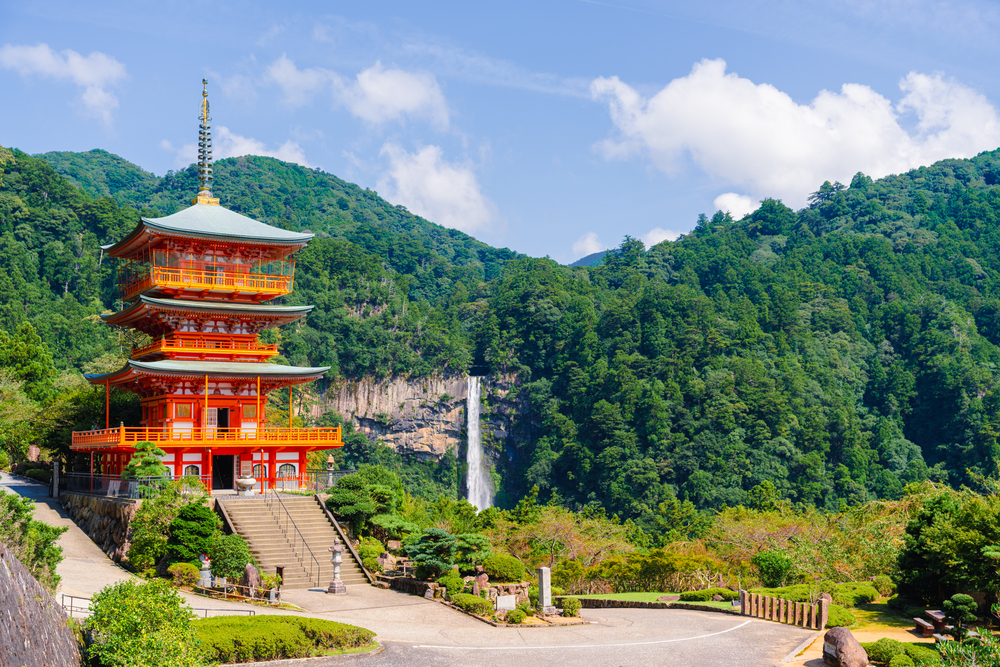
Away from Japan’s Instagram hotspots, this network of ancient pilgrimage routes through the mountainous Kii Peninsula connects sacred sites where spiritual practices have continued unchanged for over a millennium. Local minshuku guesthouses serve regional specialties to tired hikers, while elderly hosts share stories of the region’s folklore through limited English and expressive gestures.
Morning mist transforms cedar forests into mystical landscapes that resist perfect capture, reminding visitors that some experiences remain more powerful when simply absorbed rather than documented.
Maramureș, Romania
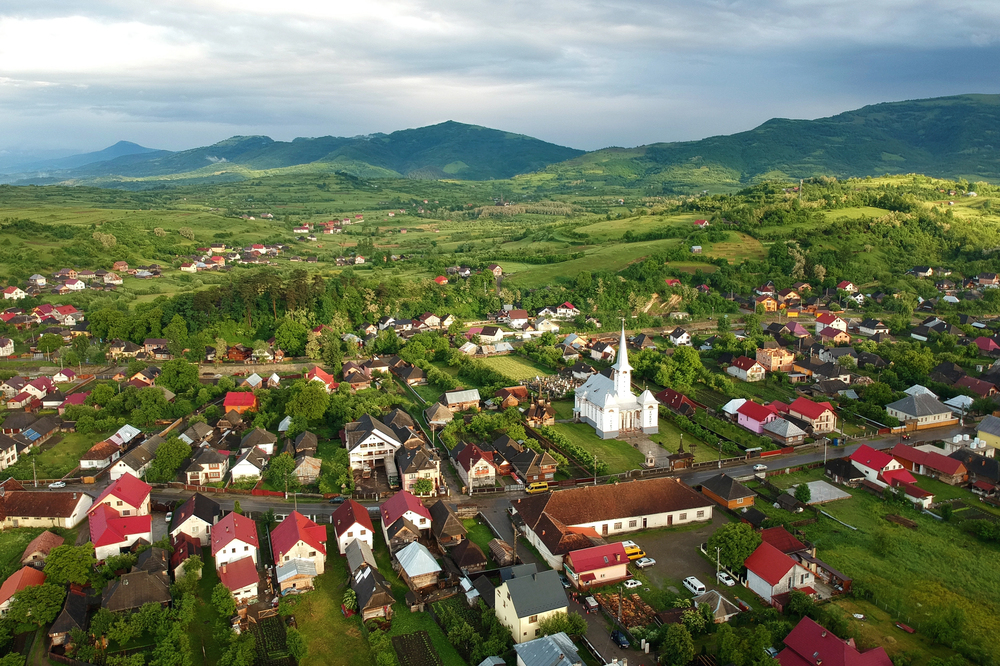
This remote northern region preserves a medieval agricultural lifestyle that continues not as a tourist attraction but as an everyday reality. Wooden churches with hand-carved spires anchor villages where hay is still stacked using techniques perfected centuries ago.
Families welcome travelers into farmhouses where homemade palinka (fruit brandy) accompanies meals prepared from household gardens. At the same time, evenings might bring impromptu musical gatherings featuring villagers playing traditional instruments for their enjoyment rather than visitor entertainment.
Upper Mustang, Nepal
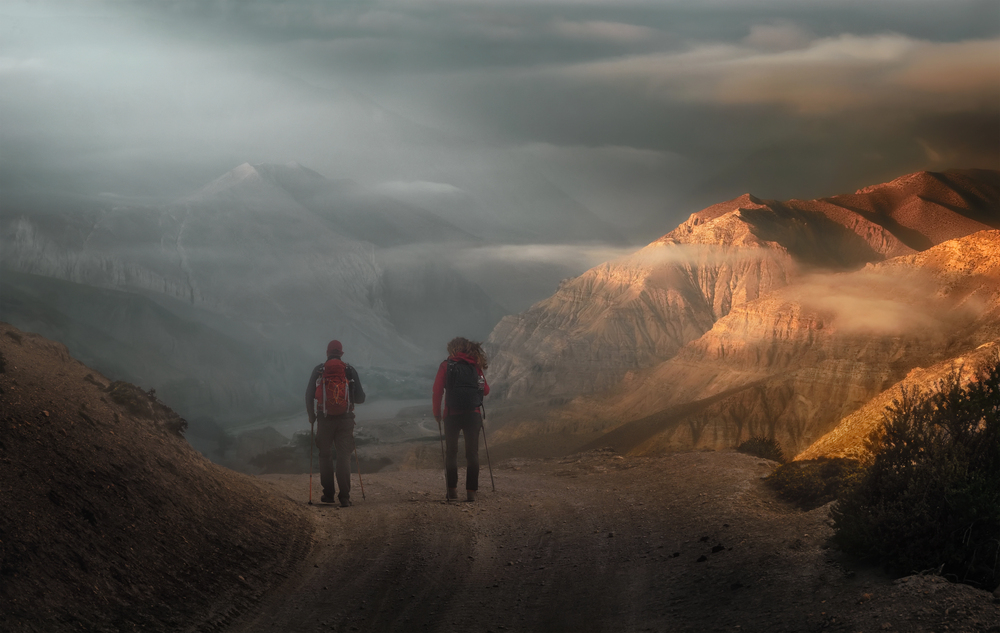
This former kingdom tucked against the Tibetan border remains one of the most culturally intact regions in the Himalayas, with limited internet connectivity preserving local life from external influence. Ancient monasteries function primarily as religious centers rather than tourist attractions, while traditional Thakali households maintain distinctive architecture adapted to the harsh mountain environment.
The challenging journey to reach this region—whether by foot or rough jeep tracks—ensures that visitors arrive with greater interest in cultural immersion than in creating content.
Like Travel Pug’s content? Follow us on MSN.
The Comoros Islands
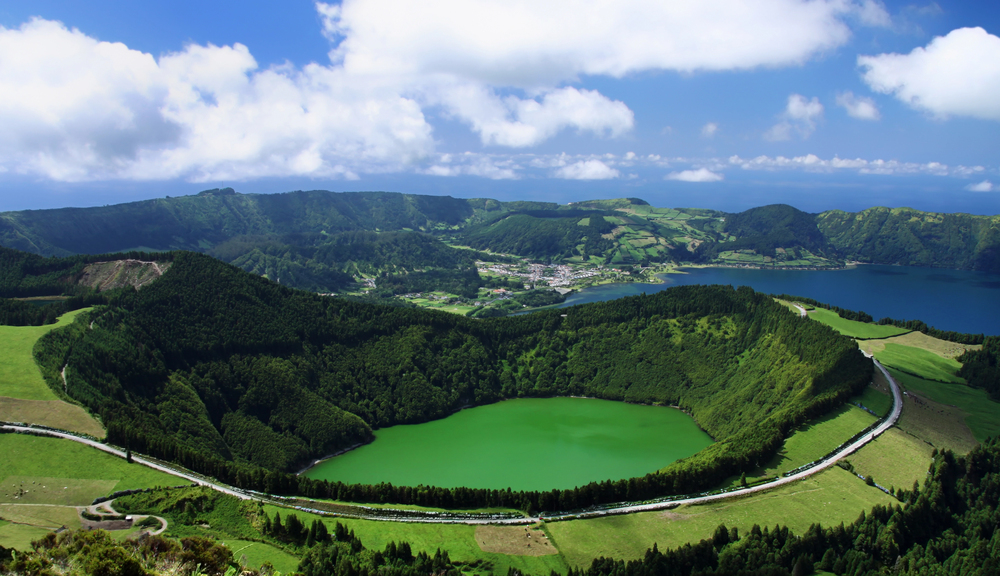
Scattered between Madagascar and mainland Africa, this archipelago nation receives fewer than 3,000 tourists annually despite white sand beaches and volcanic landscapes that would attract influencers by the thousands elsewhere. Villages function according to a unique blend of African, Arab, and French colonial influences, with daily life centered around fishing, spice cultivation, and communal gatherings.
Local transportation on shared taxi-brousses offers a natural introduction to residents, who typically express surprise at encountering visitors rather than displaying the tourism fatigue common in more photographed destinations.
Armenia’s Small Towns
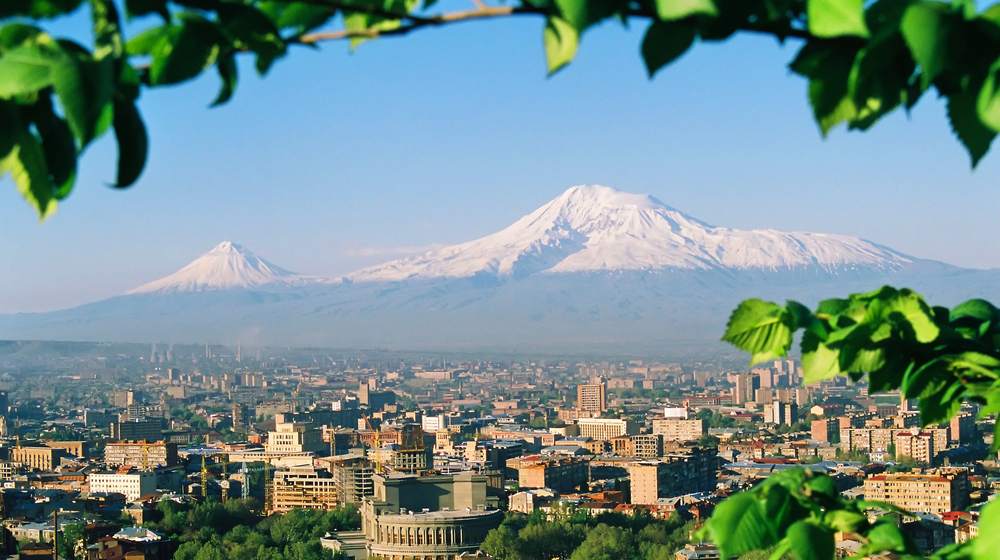
Beyond the capital, Yerevan, Armenia’s provincial towns and villages offer immersion in post-Soviet life, rarely featured in travel media. Local markets overflow with produce from nearby family farms, while town squares host older men playing backgammon with intense concentration, unchanged by the presence of outsiders.
Homestays often involve being treated as honorary family members, with grandmothers insisting visitors try every homemade preserved food stored in their basement pantries while sharing family histories that intertwine with the nation’s complex past.
Madagascar’s Western Coast
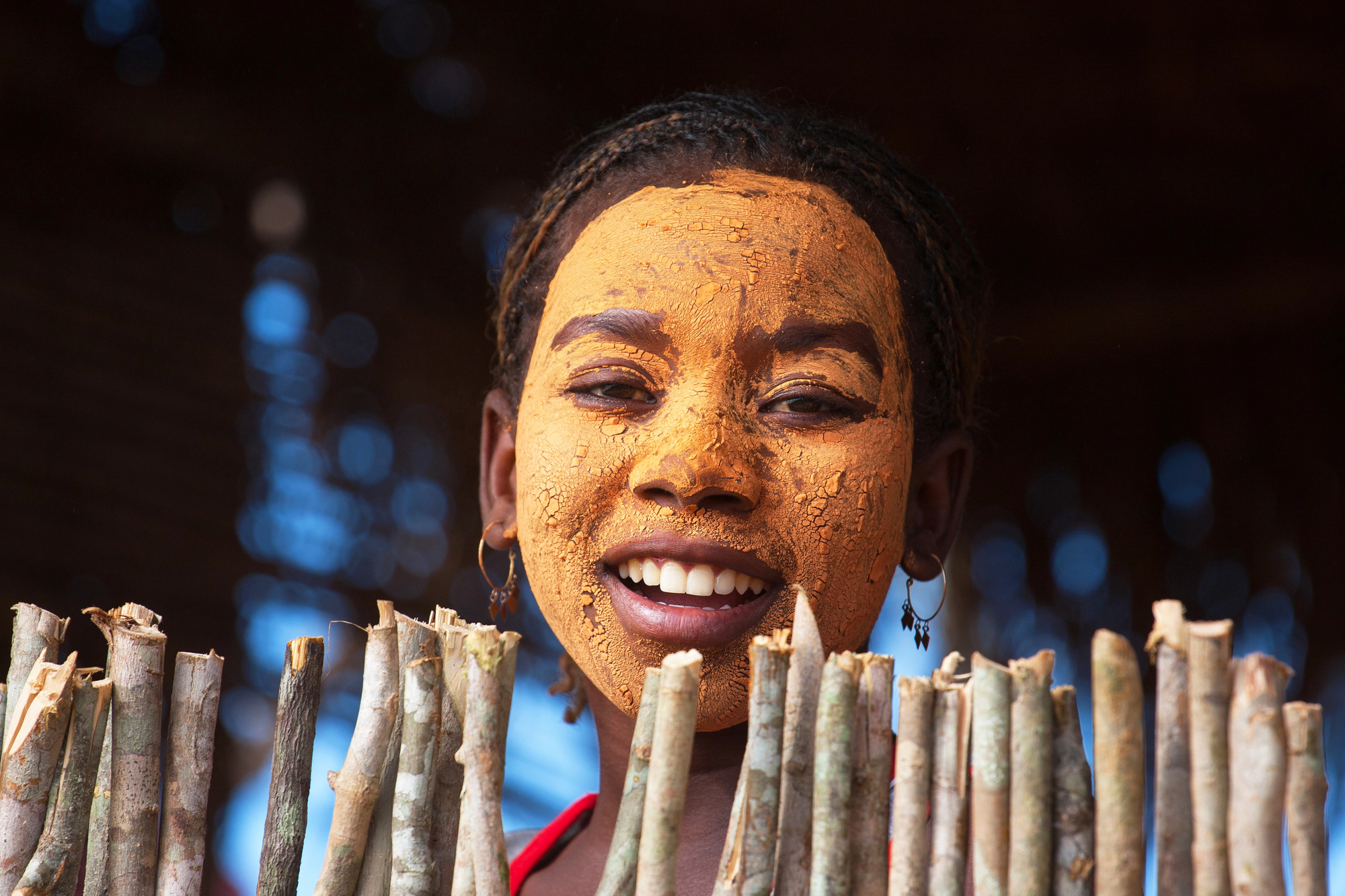
Away from the more accessible eastern rainforests, Madagascar’s western coastline remains largely untouched by tourism infrastructure or the aesthetic demands of social media. Fishing villages built from natural materials blend seamlessly into the landscape, while markets display exotic fruits unrecognizable to most foreigners.
The unpredictable transportation and basic accommodations ensure that travelers here seek authentic engagement rather than carefully composed photographs, with the reward being a genuine welcome into communities where foreign visitors remain unusual enough to merit sincere curiosity.
Like Travel Pug’s content? Follow us on MSN.
Rural Uruguay

Beyond fashionable Punta del Este and colonial Colonia, Uruguay’s interior agricultural regions offer genuine gaucho culture without the performance aspects found in more tourist-oriented estancias. Small towns operate around weekly cattle markets and yerba mate cultivation, with local bars serving as community gathering spots where travelers naturally integrate into conversations about cattle prices and weather patterns.
The absence of obvious attractions creates space for authentic encounters in a country where straightforward hospitality remains the norm.
Assam, India

This northeastern state sits outside the established Indian tourist circuit despite its extraordinary cultural diversity and tea-growing traditions. Markets in regional towns overflow with Indigenous Bodo textiles and foods that are absent from curated representations of Indian culture popular on social media.
Traditional bamboo homesteads on stilts welcome visitors with authentic Assamese cuisine served on bell-metal plates. At the same time, village festivals continue primarily for local purposes rather than tourist consumption, featuring mask dances and drum performances unchanged for generations.
Kyrgyzstan’s Alay Valley
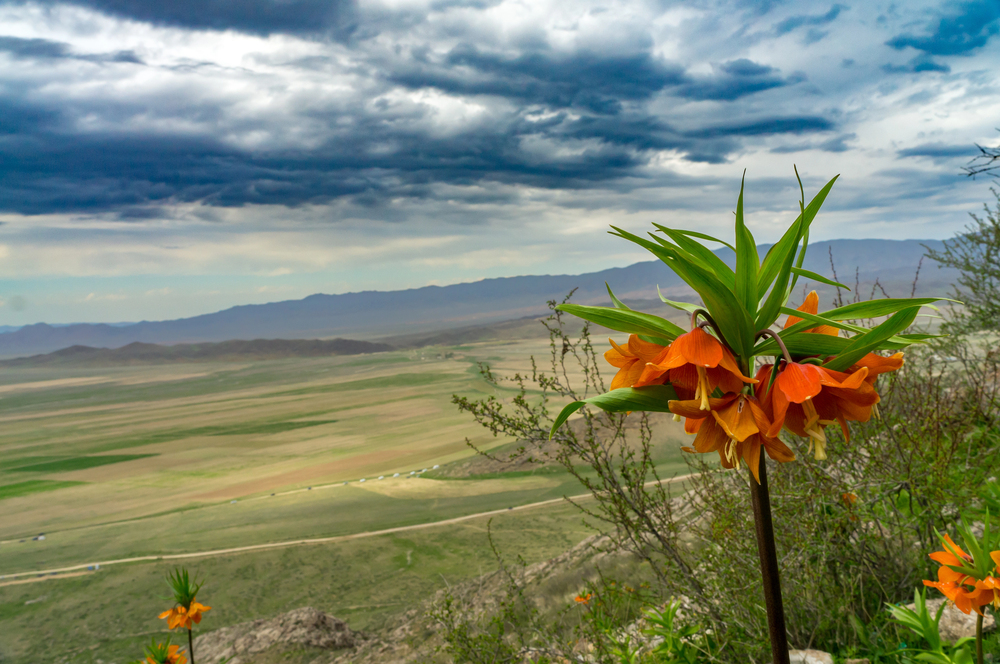
Far from the increasingly popular Lake Issyk-Kul region, southern Kyrgyzstan’s Alay Valley offers immersion in nomadic life without the staged yurt stays common elsewhere. Families still practice seasonal migration with their livestock, welcoming travelers with fermented mare’s milk and bread baked in improvised dung-fueled ovens.
The absence of consistent internet connection preserves traditional pastoralist rhythms, while dramatic mountain landscapes remain appreciated primarily for their practical impact on grazing conditions rather than their photogenic qualities.
Like Travel Pug’s content? Follow us on MSN.
The Azores, Portugal
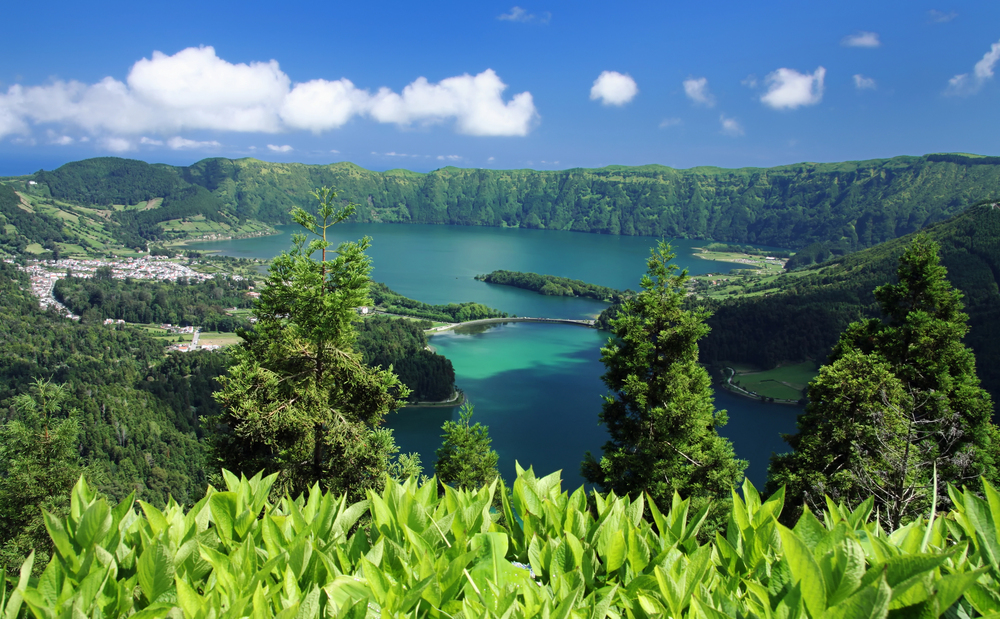
While increasingly accessible, these volcanic islands in the mid-Atlantic retain authentic daily life centered around fishing, dairy farming, and geothermal cooking traditions. Local restaurants serve fresh seafood caught that morning, with recipes focused on simple preparation methods that highlight natural flavors rather than aesthetic presentation.
Community festivals honoring patron saints transform town squares into genuine celebrations where foreign visitors are welcomed into centuries-old traditions that continue primarily for local spiritual and social purposes.
Rural Nicaragua

Away from colonial Granada and the surf beaches, Nicaragua’s agricultural heartland offers immersion in Central American country life untouched by social media aesthetics. Small towns operate around central parks where residents gather each evening to escape the heat, naturally including visitors in conversations that reveal complex perspectives on local and national issues.
Family-run comedores serve traditional dishes like indio viejo and nacatamales prepared according to closely-guarded family recipes, with plastic chairs and tables focusing attention on flavor rather than presentation.
Benin’s Northern Villages
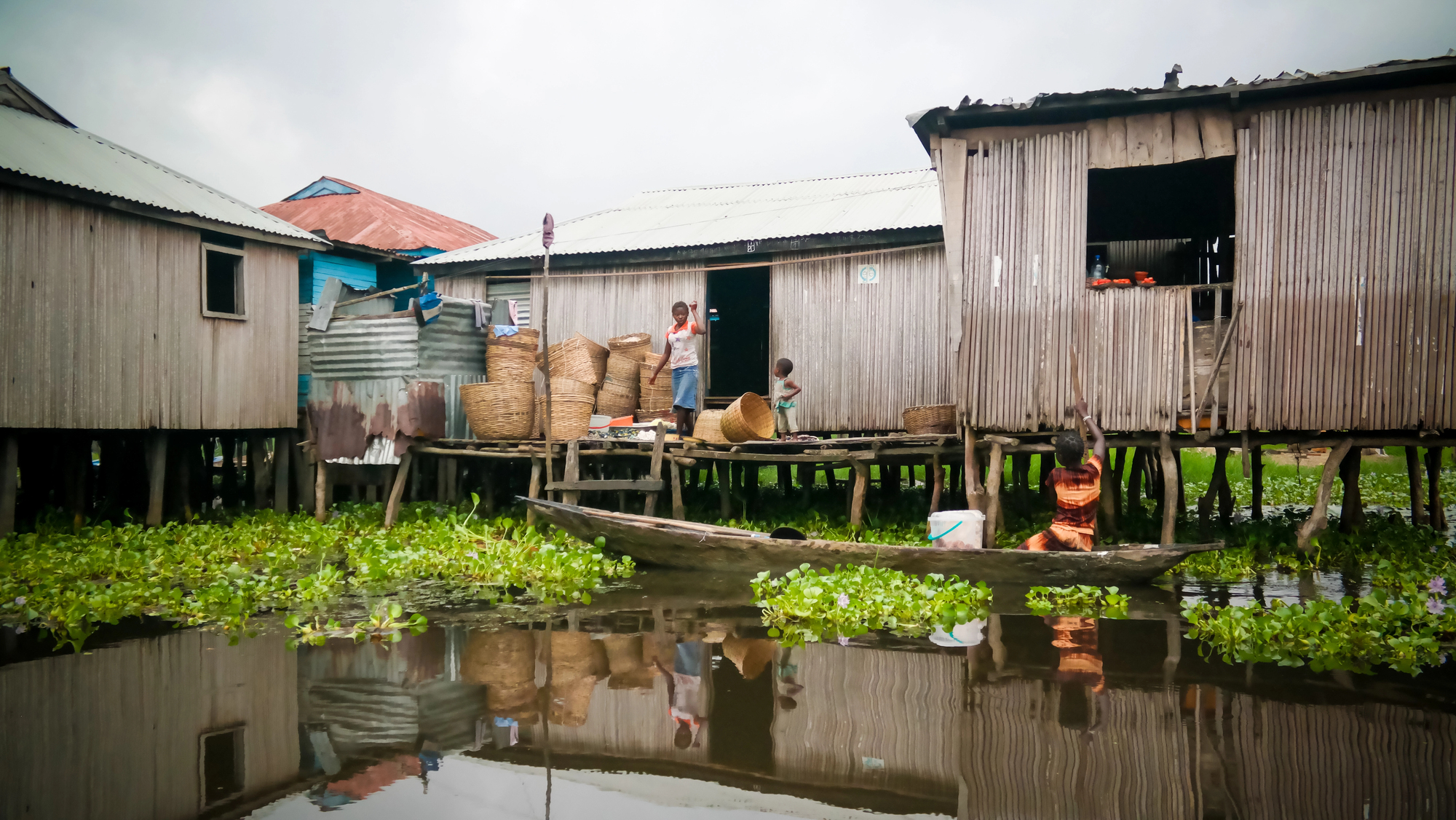
Beyond the tourist-oriented stilt villages of the south, northern Benin offers authentic immersion in West African cultures like the Tammari, whose distinctive two-story mud homes called tatas serve practical purposes rather than photographic backdrops.
Weekly markets draw farmers from across the region, creating temporary commercial centers where goods are exchanged through methods established centuries ago. Traditional Vodun practices continue as living spiritual expressions rather than tourist spectacles, with ceremonies accessible only through genuine community connections.
Like Travel Pug’s content? Follow us on MSN.
Albania’s Accursed Mountains

The remote villages of northern Albania’s Theth and Valbona valleys preserve Europe’s last truly traditional mountain cultures. Blood feuds and honor codes continue alongside warm hospitality toward respectful visitors. Stone houses with distinctive wooden balconies offer homestays where generations gather around wood stoves, sharing homemade raki while recounting local histories and legends.
The challenging mountain roads and limited connectivity ensure that travelers here prioritize cultural immersion over documentation, resulting in experiences absorbed rather than captured.
Papua New Guinea’s Sepik River
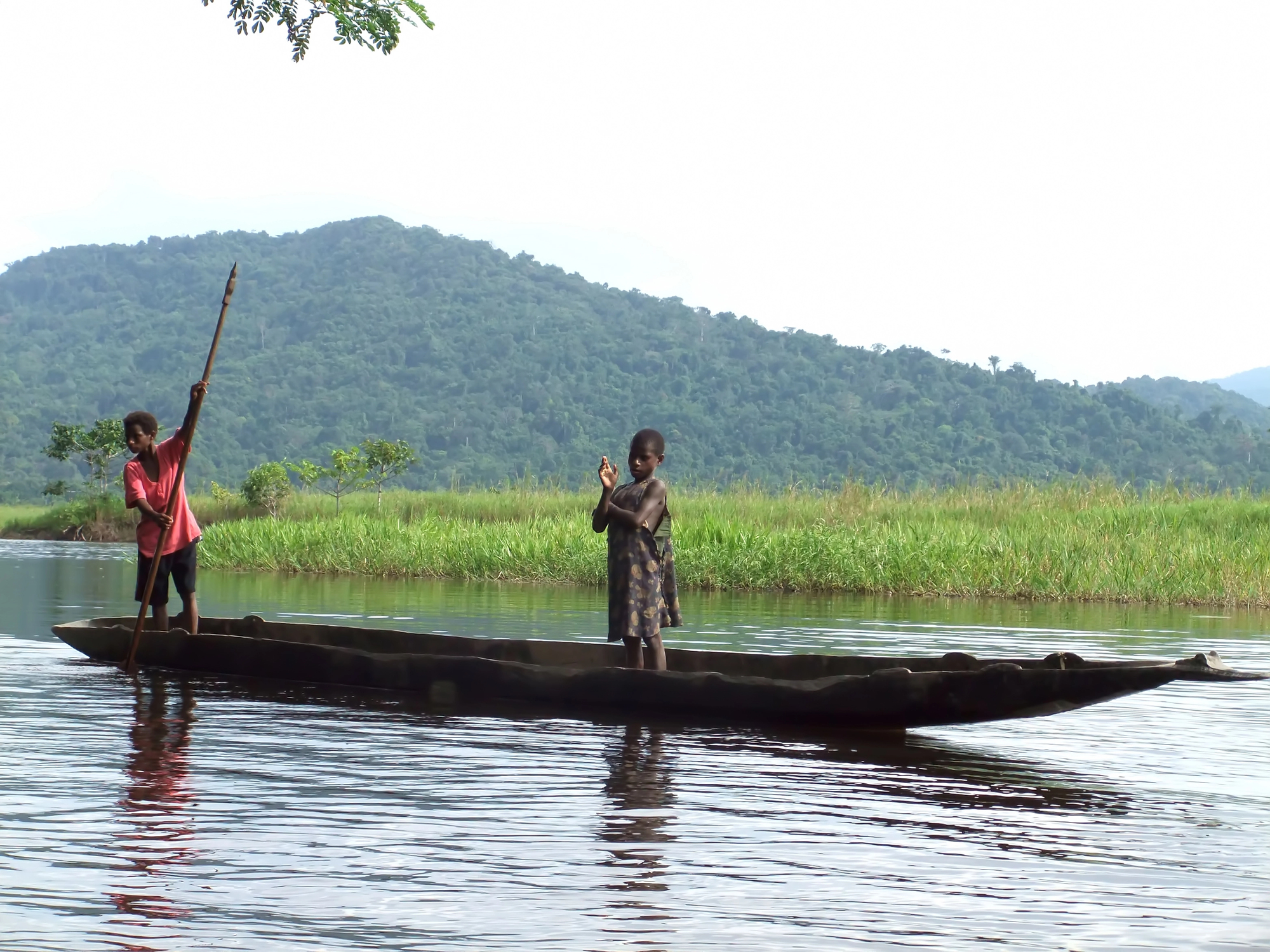
Communities along the middle and upper Sepik continue traditional lifestyles largely unchanged by outside influence, with elaborate spirit houses serving as genuine centers for ritual practices rather than tourist attractions. Village stays arranged through local guides involve sleeping on woven palm mats in communal houses and sharing meals prepared in clay pots over open fires.
The profound isolation—often requiring days of river travel—ensures visitors arrive with appropriate expectations for cultural exchange rather than content creation.
Sicily’s Interior Villages
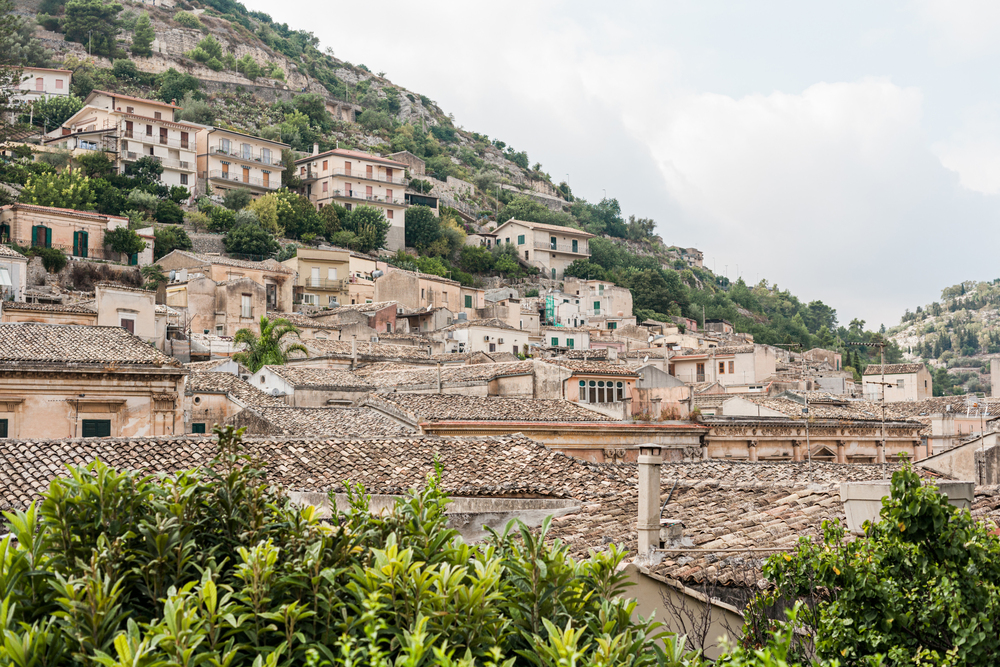
While coastal Sicily attracts influencers to its beaches and historic cities, interior mountain towns preserve authentic island culture centered around agricultural rhythms and family connections. Older women in black still maintain watch from doorways, simultaneously monitoring street activity and welcoming passersby with questions about their family origins.
Local bars serve as command centers for village information exchange, with visitors naturally incorporated into discussions ranging from regional politics to the quality of this year’s olive harvest.
Like Travel Pug’s content? Follow us on MSN.
Rural Laos
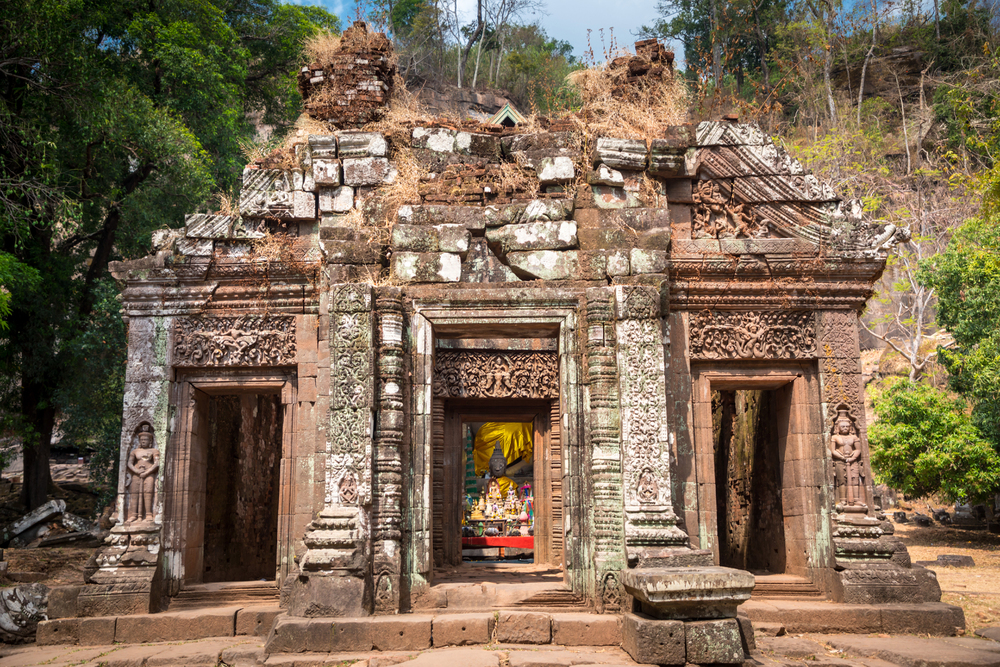
Beyond Luang Prabang’s increasingly polished tourist experience, small villages along the Mekong and its tributaries continue daily life largely unchanged by outside influence. Homes built on stilts welcome travelers with simple sleeping mats and mosquito nets, while communal meals feature sticky rice eaten by hand alongside local vegetables unknown in Western markets.
Buddhist alms-giving ceremonies continue as genuine spiritual practices rather than photo opportunities, taking place in villages rarely visited by outsiders.
Georgia’s High Caucasus

Mountain communities in regions like Svaneti and Tusheti maintain distinctive cultures shaped by centuries of isolation, with defensive tower houses still serving practical purposes in family life rather than existing as photogenic relics. Village gatherings feature polyphonic singing traditions performed primarily for local enjoyment rather than visitor entertainment.
The challenging access—often requiring serious hiking or dangerous jeep tracks—ensures visitors arrive with a genuine interest in cultural exchange rather than performative travel experiences.
Chiloé Archipelago, Chile

This collection of islands off Chile’s southern coast preserves distinctive cultural traditions born from geographical isolation and a unique blend of indigenous Mapuche and colonial Spanish influences. Colorful wooden churches built entirely with naval construction techniques stand as UNESCO heritage sites that function primarily as community gathering places rather than tourist attractions.
Local families maintain traditional lifestyles centered around fishing, agriculture, and textile crafts, with homestays offering authentic experiences of current feasts—meals of seafood, meat, and vegetables cooked in ground pits—prepared as genuine celebrations rather than staged experiences.
Like Travel Pug’s content? Follow us on MSN.
Beyond the Algorithm
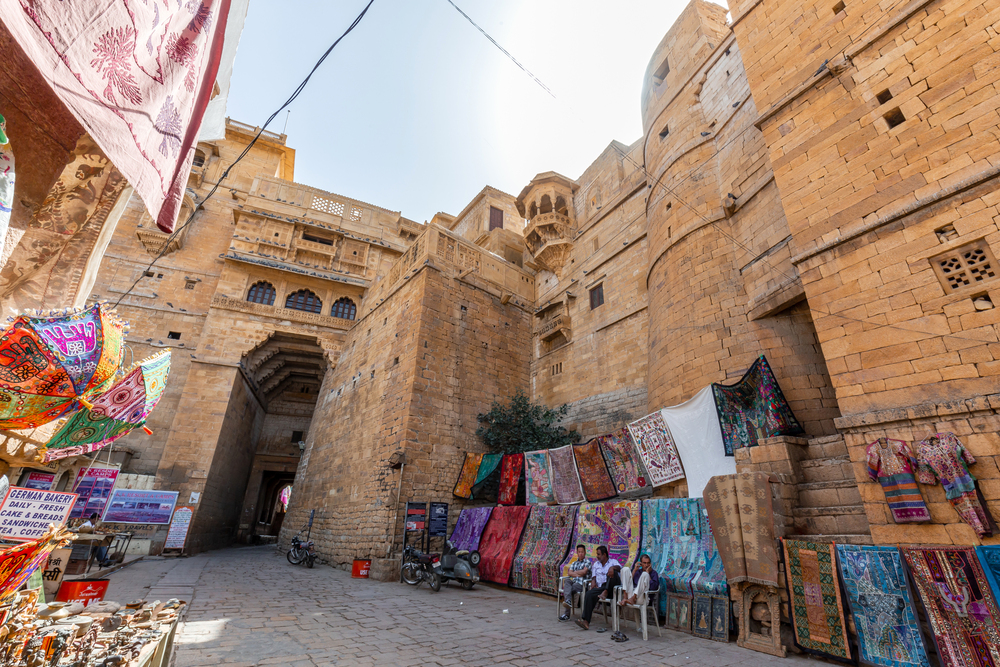
These destinations offer something increasingly valuable in our hyperconnected world: the opportunity to engage with places on their authentic terms, unconditioned by expectations created through social media aesthetics. The absence of obvious “Instagram spots” creates space for genuine discovery and connection, allowing travelers to temporarily step outside the cycle of documentation and performance that increasingly shapes travel experiences.
In these places, the reward comes not in shareable content but in moments of genuine cultural exchange and the quiet satisfaction of experiencing daily life as it actually unfolds—imperfect, unfiltered, and all the more beautiful for its authenticity.
More from Travel Pug

- 20 Destinations That Were Once Thriving but Are Now Quietly Disappearing
- 13 Destinations Where Tourists Regularly Regret Their Trip
- 20 Once-Popular Beach Towns That Are Now Ghostly Empty
- 10 Under-the-Radar Mountain Towns That Are Both Affordable and Beautiful
- Take a ‘Learning Vacation’ in These 20 Extraordinary Places
Like Travel Pug’s content? Follow us on MSN.
